Menu
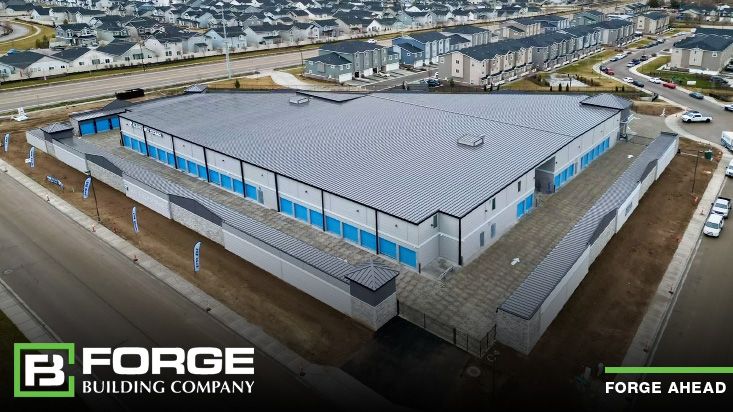
The self storage industry is evolving. As we enter 2025, this industry is well-positioned to adapt to the shifting landscape of increased mobility and shifting customer expectations. Facility owners and operators who invest in flexible pricing, innovative technology solutions, and targeted regional marketing will be better equipped to thrive in this evolving market.
In our previous blog, “2025 Self Storage Industry Growth Projections and Trends,” we looked at top trends and innovations expected to shape the construction industry in 2025. From an investment standpoint, Self Storage still provides great opportunities for investors. The US market alone is expected to jump from $44.37 billion to $49.88 billion by 2029. This represents a Compound Annual Growth Rate of 2.37%1.
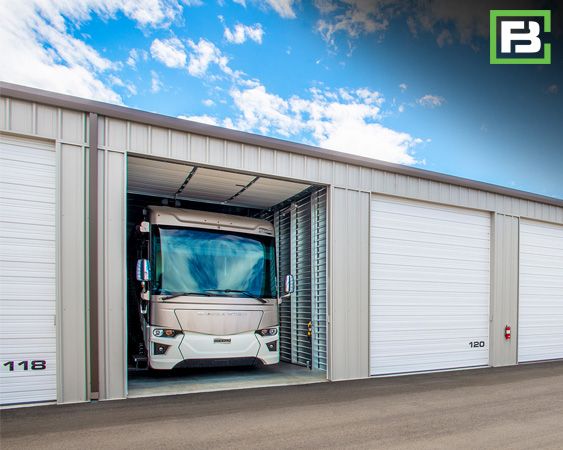 Price Matters. Price is a significant factor when it comes to self storage. In the Storable survey, 83% of respondents emphasized that price is a significant factor when choosing a storage unit. Affordable, flexible options will likely remain a key selling point for facility owners. Convenience and location also rank high, with 68% of respondents emphasizing the importance of accessible facilities.
Price Matters. Price is a significant factor when it comes to self storage. In the Storable survey, 83% of respondents emphasized that price is a significant factor when choosing a storage unit. Affordable, flexible options will likely remain a key selling point for facility owners. Convenience and location also rank high, with 68% of respondents emphasizing the importance of accessible facilities.This expansion has been fueled primarily by an increase in RV ownership and a rising population of boating enthusiasts, creating a demand for dependable storage solutions during periods of inactivity. Storage options may include uncovered storage, canopies (or covered storage), or storage condos (fully enclosed storage).
In our blog, “Investing in Storage Condominiums,” we address this sector of Boat and RV Storage as a great investment alternative.
Investors and facility owners should also consider the growing demand for short-term storage. With 79% of customers needing storage for six months or less, flexibility in rental terms and ease of extension could be a game-changer for attracting and retaining customers.
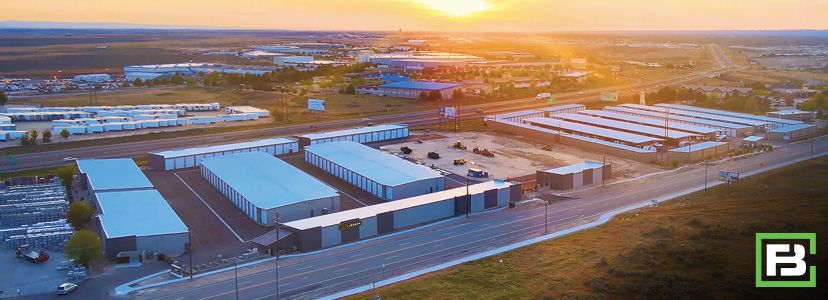
As more people plan moves, the demand for storage is projected to grow. Current facility owners must adapt by offering value-driven services while keeping prices attractive to stay competitive.
The global population is increasing. More people means more stuff creating a need to stash their belongings. With the increased cost of living, many young professionals are opting to rent rather than buy, living in apartments and condos with limited space.
Self storage is profitable. Revenue from self storage rentals and sales is on the rise. The US market alone is expected to jump from $44.37 billion to $49.88 billion by 2029. With high demand and significant cash flow potential, self storage is an appealing real estate investment.
The self storage industry shows no signs of slowing down, and recent trends explain why there are so many storage facilities. In our blog, “Self Storage is an Investment Alternative,” we discuss the primary reason investors look at this asset class is because it can be an inflation hedge. This is still true today.
Here’s what the Forge President and CEO have to say about “Self storage as an investment.”
Strong market fundamentals, smart investments in technology, and a growing customer base all point to continued opportunities for self storage facility owners and investors. The demand for extra space isn’t going away anytime soon. For people and businesses with too much stuff and not enough room, self storage provides an ideal solution.
References
1. Davison, M. (2024, July 4). Storeganise. Retrieved from storeganise.com:
https://storeganise.com/blog/why-are-so-many-storage-facilities-being-built
2. Storable. (2024, October 22). Retrieved from storable.com:
https://www.storable.com/resources/learn/2025-self-storage-industry-outlook-trends-to-watch/
3. Investinselfstorage.com. (2024). Retrieved from StorageUnits:
https://investinselfstorage.com/2025-self-storage-industry-outlook-whats-ahead/
4. Verified Market Reports. (2024, November). Retrieved from verifiedmarketreports.com:
https://www.verifiedmarketreports.com/product/rv-and-boat-storage-market/
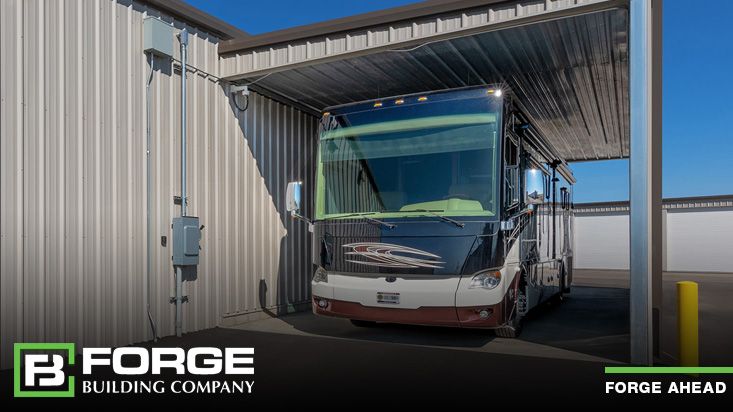
Americans’ love for travel, intensified by the 2020 pandemic, has fueled the RV industry, resulting in an ongoing surge in popularity. Industry reports indicate robust growth in RV ownership and usage, with wholesale shipments projected to reach 350,000 units by 2024. Moreover, the RV industry contributes a staggering $140 billion annually to the US economy1.
The RV industry alone has seen consistent growth every year since 2009, and with the popularity of RV life, there continues to be a spike in Gen-Z and millennial RV owners (39%) who want a place to stay and explore the outdoors while still having access to their work.
The soaring number of RVs has created a pressing need for storage space. Many RV owners face constraints in storing their vehicles at home due to space limitations or municipal regulations. As a result, there is a burgeoning demand for self-storage facilities offering RV storage solutions, prompting owners and investors to consider expanding or building new facilities.
Also see our blog, “Where is Boat & RV Storage Headed.”
RV storage generally falls into three categories:
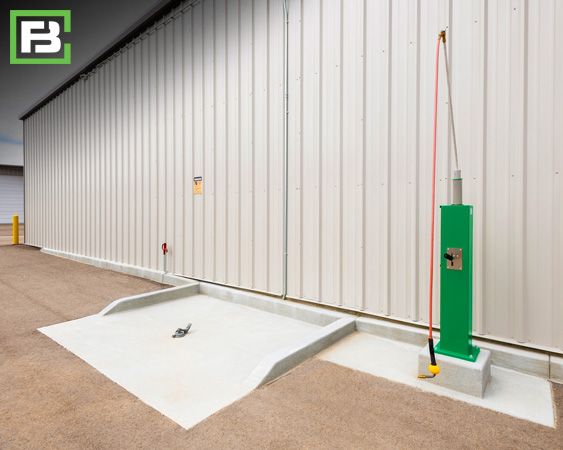 RV storage is a self storage unit specifically designed to house your RV. Think of it like a garage or parking space that you rent or purchase (in the case of storage condos) within a self storage facility, with similar benefits depending on the storage company and unit that you choose, such as on-site security, gated access, and climate control.
RV storage is a self storage unit specifically designed to house your RV. Think of it like a garage or parking space that you rent or purchase (in the case of storage condos) within a self storage facility, with similar benefits depending on the storage company and unit that you choose, such as on-site security, gated access, and climate control.
RV storage facilities offer secure parking spaces tailored to accommodate RVs and boats. RV storage building plans can provide various amenities, that consist of everything from gated access and security cameras to water/air stations, dump stations, cleaning services, app site access, on-site management, and more. Potential investors are realizing that as the quality of RVs continues to increase, the demand for higher amenities is also increasing and customers are willing to pay for additional services.
Also, see our Featured Project: LuxeLocker Boat & RV Storage Condos, to view some of these amenities.
There are many benefits to adding RV storage to your facility2. These include:
However, identifying suitable sites for RV storage facilities can pose challenges due to local planning regulations.
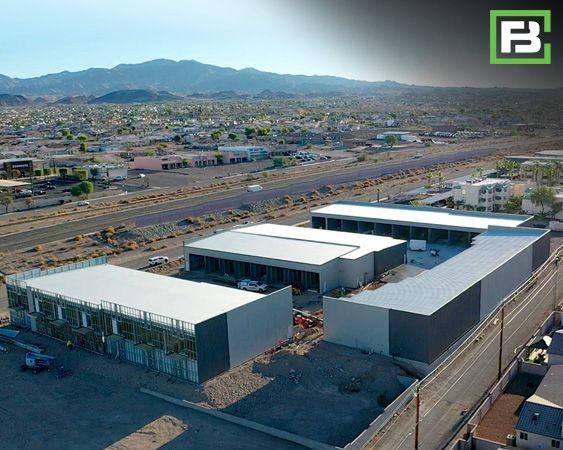 With the growth of the RV industry, many investors may be wondering whether to build an RV storage facility and how to build one. Unlike traditional self storage facilities, RV storage building plans might be constrained by the cost of land, the amount of acreage needed to house vehicles, and the fact that the facilities are geared toward specific objects as opposed to general usage. Drive aisles will need to be larger, and the costs and timelines may differ.
With the growth of the RV industry, many investors may be wondering whether to build an RV storage facility and how to build one. Unlike traditional self storage facilities, RV storage building plans might be constrained by the cost of land, the amount of acreage needed to house vehicles, and the fact that the facilities are geared toward specific objects as opposed to general usage. Drive aisles will need to be larger, and the costs and timelines may differ.
The upside is that RV storage facilities may also prove to be more lucrative than traditional self-storage facilities. In 2023, the cost to store an RV was between $119.88 and $169.35, according to SpareFoot data3.
What should you keep in mind if you’re considering the construction of an RV storage facility?
Land Acquisition and Drive Aisles
A parcel of seven to ten acres is typically required for profitability, with breakeven expected within 14-16 months. Drive aisles must be wider to accommodate RV maneuvering4.
Location Analysis
Proximity to campgrounds, lakes, and rivers is ideal, but demographic analysis of the surrounding area is crucial.
Zoning Regulations
Consider the zoning regulations before selecting a site. Failure to comply may result in costly and time-consuming hurdles when you try to rezone the property.
Despite economic fluctuations, the RV industry’s growth suggests sustained demand for RV storage facilities. High occupancy rates and rental yields make RV storage an attractive investment opportunity.
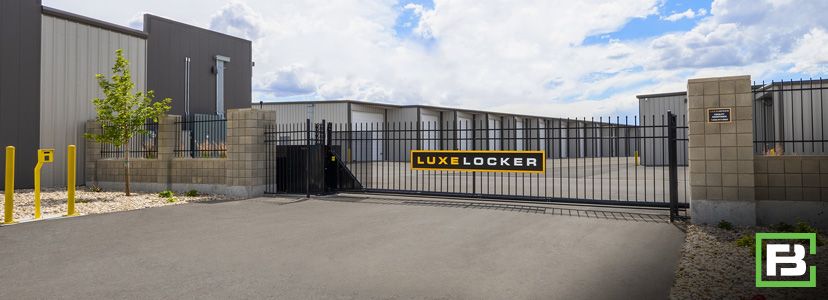
Want to learn more? Check out what our customer LuxeLocker has to say about this growing market: https://www.youtube.com/watch?v=sMiaA4oM9og. Then give the Forge team a call to explore the possibilities and capitalize on this thriving market. Let the steel building experts help you plan and construct your next RV storage facility.
References
1. RV Industry Association. (2023). Retrieved from rvia.org: https://www.rvia.org/rv-roadsigns-quarterly-forecast
2. Gorman, P. (2024, February 8). Toy Storage Nation. Retrieved from toystoragenation.com: https://toystoragenation.com/2024/02/08/rv-storage-a-longtime-niche-emerging-as-an-asset-class/
3. SpareFoot Blog. (2023, July 12). Retrieved from sparefoot.com: https://www.sparefoot.com/self-storage/blog/25811-how-much-does-rv-camper-storage-cost/
4. Swingler, S. (2020, May 9). Inside Self Storage. Retrieved from InsideSelfStorage.com: https://www.insideselfstorage.com/vehicle-storage/decision-develop-boatrv-storage-differences-traditional-self-storage